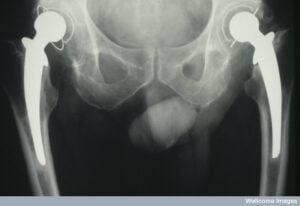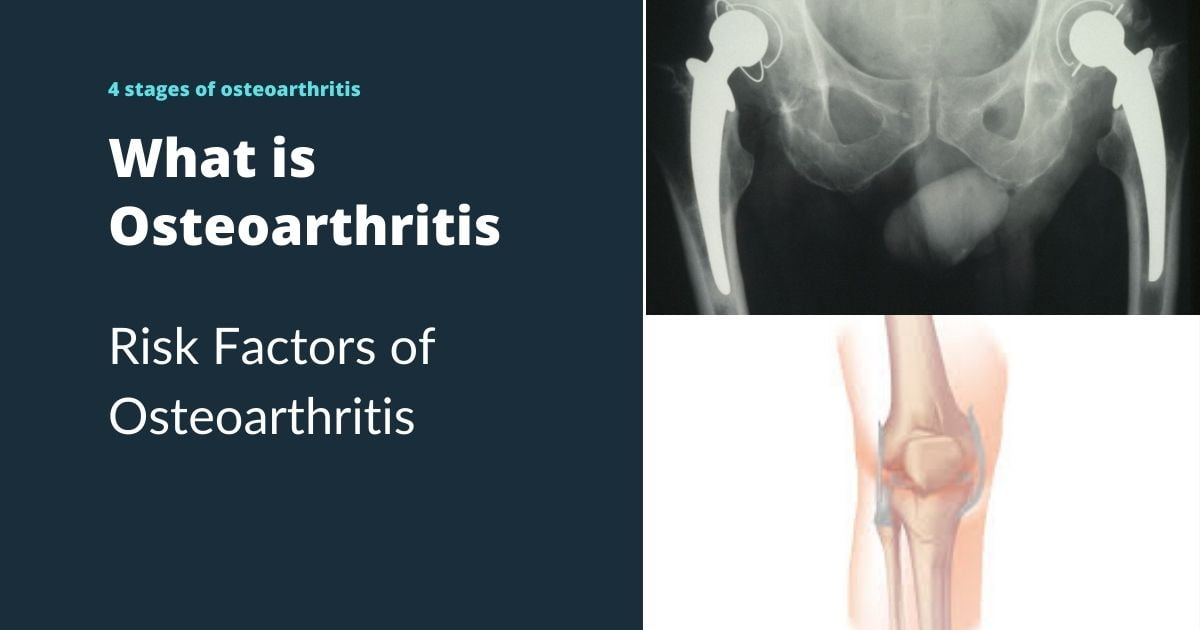Osteoarthritis affects many people globally, causing joint inflammation and cartilage loss. But there are ways to manage its symptoms. Read on to discover easy tips, understand its signs, causes, and available treatments also what are the 4 stages of osteoarthritis.
What is Osteoarthritis:-
Osteoarthritis is a common condition that often happens as we get older. It happens slowly, wearing down the cushioning in our joints over time. This leads to signs like swelling, pain, and stiffness in our joints. As it goes on, our joints lose their flexibility and become more fragile. Eventually, they can’t absorb shock as well.

what are the 4 stages of osteoarthritis?:-
Osteoarthritis has four stages, from mild to severe:
Stage 1: Minor wear and tear on joints, causing little or no pain.
Stage 2: More visible bone issues and stiffness, sometimes needing a brace.
Stage 3: Cartilage erosion starts, causing inflammation and discomfort with daily activities.
Stage 4: Severe condition with extensive cartilage damage, leading to inflamed joints and significant pain
Types of Osteoarthritis?:-
There are two types of osteoarthritis:
Primary: This is the usual type that affects the spine, fingers, hips, knees, and other joints.
Secondary: This type happens due to past joint problems, like sports injuries or inflammatory conditions such as psoriatic arthritis, rheumatoid arthritis, or gout

Also Read Understanding Rheumatoid Arthritis: 3 Types, Causes, Symptoms, and Treatment Options
osteoarthritis symptoms:-
This joint problem usually starts in the hips, knees, and hands but can also affect the neck and lower back. Some common signs of osteoarthritis are:
- Stiff joints
- Joint pain
- Less flexibility
- Swelling
- Tenderness when touching the sore areas
- Bone spurs (usually not painful)
- Clicking or popping sounds in the joints
Remember, symptoms may not show up early but tend to get worse over time. In severe cases, it can harm the cartilage or cause bony growth near the joints.

what causes osteoarthritis:-
People can develop osteoarthritis for various reasons. The main causes are:
- Being overweight: Carrying extra weight can bring on this arthritis. Keeping a healthy weight is important.
- Family history: Some inherit a gene issue that speeds up joint damage, leading to this condition.
- Injuries: Accidents or sports injuries can trigger osteoarthritis, especially in the injured area.
- Other health issues: Conditions like rheumatoid arthritis or hormonal imbalances might increase the risk.
- Joint strain: Doing repetitive movements at work, like frequent knee bending, can also cause osteoarthritis
Risk Factors of Osteoarthritis?:-
Osteoarthritis risks can be influenced by:
- Women have a higher chance of getting it than men.
- After menopause, women are more likely to experience it.
- Jobs that involve heavy lifting or climbing increase the risk.
- Conditions like diabetes can also raise the chances of getting osteoarthritis.

how is osteoarthritis diagnosed?:-
Diagnosing osteoarthritis involves a few steps. Doctors look at your history, do exams, and might suggest tests.
They check for signs like more pain during activities and less pain at rest. They note if you’re 45 or older, have morning stiffness for about 30 minutes, limited motion, or larger joints.
Other tests include:
- Fluid Analysis: Checking joint fluid for infection or signs of gout.
- X-rays and MRI: Pictures showing bone spurs near joints, hinting at cartilage damage.
- Blood Tests: To check for rheumatoid arthritis

how to treat osteoarthritis:-
Treating osteoarthritis (OA) involves easing various symptoms to help patients feel better. The right treatment depends on how bad the symptoms are and where they are.
Here’s a quick overview:
Medications:
- Pills like Acetaminophen for pain
- Creams or gels for pain relief
- Other drugs to reduce inflammation
Good Sleep: Enough sleep helps reduce swelling.
Managing Weight: Losing weight eases joint pressure and lessens pain.
Heat and Cold Packs: Using hot and cold packs for 15-20 minutes a few times a day can help.
Exercise: Gentle exercises like swimming, walking, yoga, or Tai Chi for 20-30 minutes can make a big difference
Also, learn about peripheral artery disease (PAD):- 4 stages of peripheral artery disease and risk Factors of PAD you must know
